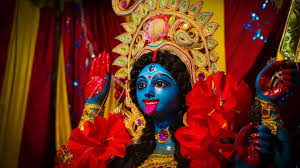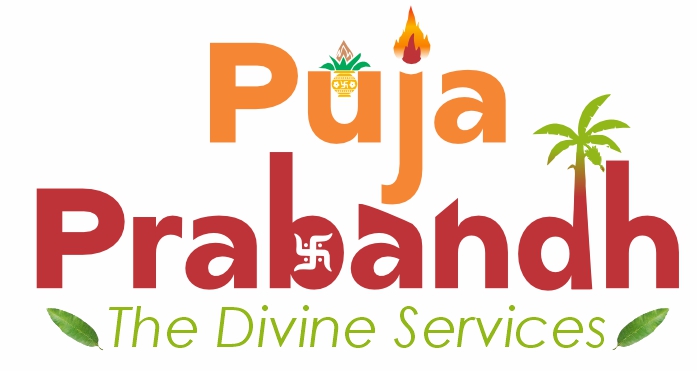
Kali Puja is a major Hindu festival dedicated to Goddess Kali, the fierce and powerful form of the Divine Mother, symbolizing destruction of evil, transformation, and empowerment. It is mainly celebrated in West Bengal, Odisha, Assam, and other parts of Eastern India. Kali Puja usually coincides with the festival of Diwali, on the new moon night (Amavasya) of the month of Ashwin or Kartik (October–November).
🕉️ Spiritual Significance
Goddess Kali represents the cosmic power that destroys darkness and ignorance. She is worshipped as the protector who eliminates evil forces and grants liberation (moksha) and spiritual awakening. Kali Puja honors the fierce yet compassionate nature of the goddess, inspiring devotees to conquer fear, ignorance, and negativity.
🙏 Kali Puja Rituals
- Altar Preparation:
- Devotees set up an altar or pandal with an idol or image of Goddess Kali, often depicted with dark skin, a garland of skulls, a sword, and a fierce expression.
- The altar is decorated with red flowers, lights, and offerings.
- Offerings (Upacharas):
- Offerings include red hibiscus flowers, sweets, fruits, rice, and sometimes animal sacrifices in traditional settings.
- Devotees also offer incense, lamps (diyas), and sweets like ladoos.
- Chanting Mantras and Hymns:
- Devotees chant mantras like “Om Krim Kalikayai Namah” and recite Kali Chalisa or other hymns.
- Loud chanting, bells ringing, and devotional songs create a spiritually charged atmosphere.
- Night Vigil (Jagaran):
- Many devotees stay awake throughout the night, singing bhajans and meditating on the goddess.
- Aarti and Prasad Distribution:
- Aarti is performed with lamps, and prasad (blessed food) is distributed among devotees.
🌼 Message of Kali Puja
Kali Puja teaches the power of fearlessness, transformation, and inner strength. It inspires devotees to embrace change, confront darkness within and outside, and emerge victorious with divine grace.

